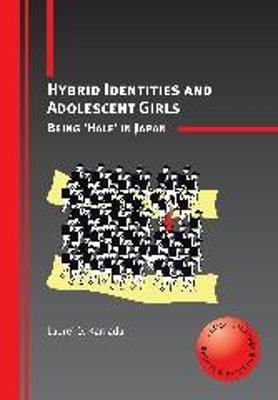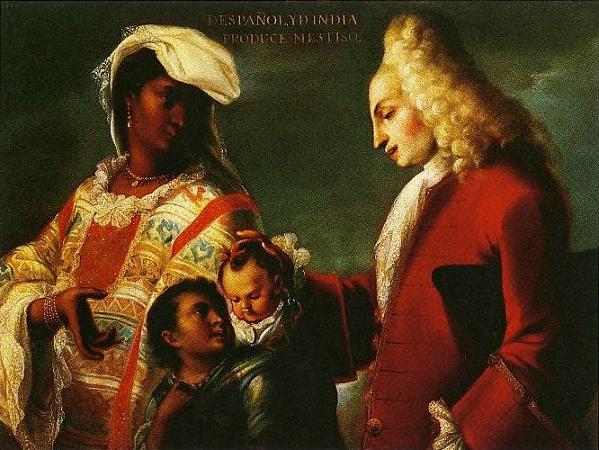Race and Ethnic Relations in the Twenty-First Century: History, Theory, Institutions, and PolicyPosted in Anthologies, Anthropology, Books, Health/Medicine/Genetics, Law, Media Archive, Philosophy, Politics/Public Policy, Social Science, United States on 2013-04-14 19:44Z by Steven |
Race and Ethnic Relations in the Twenty-First Century: History, Theory, Institutions, and Policy
Cognella
2011
436 pages
Paperback ISBN: 978-1-93555-160-7
Edited by:
Rashawn Ray, Assistant Professor of Sociology
University of Maryland, College Park
This book examines the major theoretical and empirical approaches regarding race/ethnicity. Its goal is to continue to place race and ethnic relations in a contemporary, intersectional, and cross-comparative context and progress the discipline to include groups past the Black/White dichotomy. Using various sociological theories, social psychological theories, and subcultural approaches, this book gives students a sociohistorical, theoretical, and institutional frame with which to view race and ethnic relations in the twenty-first century.
Table of Contents
- Race and Ethnic Relations in the Twenty-First Century / Rashawn Ray
- The Embedded Nature of ‘Race’ Requires a Focused Effort to Remove the Obstacles to a Unified America / Dr. James M. Jones
- PART 1 THE SOCIOHISTORICAL CONTEXT OF RACE
- The Science, Social Construction, and Exploitation of Race / Rashawn Ray
- Science of Race
- The Evolution of Racial Classification / Tukufu Zuberi
- Social Construction of Race
- Racist America: Racist Ideology as a Social Force / Joe R. Feagin
- Exploitation of Race
- White Racism and the Black Experience / St. Clair Drake
- PART 2 THEORETICAL AND CONCEPTUAL PERSPECTIVES
- Racial Attitudes Research: Debates, Major Advances, and Future Directions / Rashawn Ray
- Individual and Structural Racism
- Racial Formation: Understanding Race and Racism in the Post-Civil Rights Era / Michael Omi and Howard Winant
- From Bi-racial to Tri-racial: Towards a New System of Racial Stratification in the U.S.A. / Eduardo Bonilla-Silva
- The Social Psychology of Prejudice and Perceived Discrimination
- Race Prejudice as a Sense of Group Position / Herbert Blumer
- Reactions Toward the New Minorities of Western Europe / Thomas F. Pettigrew
- Racial Attitudes and Public Discourses
- Racial Attitudes and Relations at the Close of the Twentieth Century / Lawrence D. Bobo
- Race, Gender, and Sexuality
- Getting Off and Getting Intimate: How Normative Institutional Arrangements Structure Black and White Fraternity Men’s Approaches Toward Women / Rashawn Ray and Jason A. Rosow
- Colorism, Lookism, and Tokenism
- “One-Drop” to Rule them All? Colorism and the Spectrum of Racial Stratifi cation in the Twenty-First Century / Victor Ray
- Assimilation Perspectives: Group Threat Theory, Contact Theory, and Ethnic Conflict
- The Ties that Bind and Those that Don’t: Toward Reconciling Group Threat and Contact Theories of Prejudice / Jeffrey C. Dixon
- Citizenship, Nationalism, and Human Rights
- Citizenship, Nationalism, and Human Rights / Shiri Noy
- PART 3 THE CUMULATIVE PIPELINE OF PERSISTENT INSTITUTIONAL RACISM
- The Cumulative Pipeline of Persistent Institutional Racism / Rashawn Ray
- Individual and Structural Racism
- A Different Menu: Racial Residential Segregation and the Persistence of Racial Inequality / Abigail A. Sewell
- Education
- Cracking the Educational Achievement Gap(s) / R. L’Heureux Lewis and Evangeleen Pattison
- The Labor Market, Socioeconomic Status, and Wealth
- Are Emily and Greg More Employable than Lakisha and Jamal? A Field Experiment on Labor Market Discrimination / Marianne Bertrand and Sendhil Mullainathan
- Black Wealth/White Wealth: Wealth Inequality Trends / Melvin L. Oliver and Thomas M. Shapiro
- The Mark of a Criminal Record / Devah Pager
- The Criminal Justice System
- Toward a Theory of Race, Crime, and Urban Inequality / Robert J. Sampson and William Julius Wilson
- The Health Care System
- Root and Structural Causes of Minority Health and Health Disparities / Keon L. Gilbert and Chikarlo R. Leak
- PART 4 CONFRONTING THE PIPELINE: SOCIAL POLICY ISSUES
- Engaging Social Change by Embracing Diversity / Rashawn Ray
- When Is Affirmative Action Fair? On Grievous Harms and Public Remedies / Ira Katznelson
- Engaging Future Leaders: Peer Education at Work in Colleges and Universities / Alta Mauro and Jason Robertson
- What Do We Think About Race? / Lawrence D. Bobo











